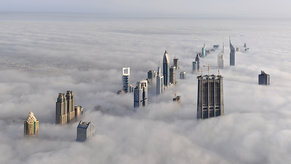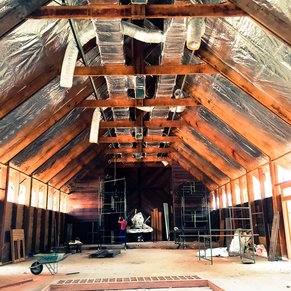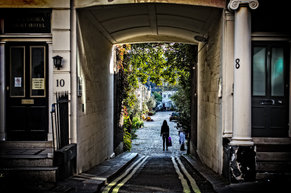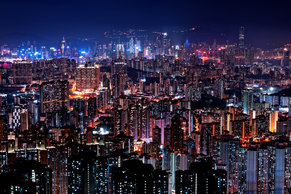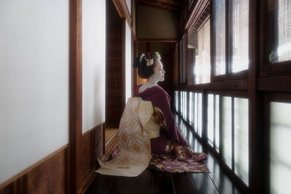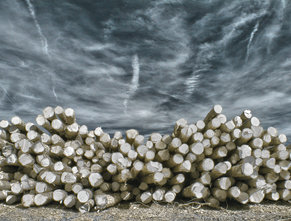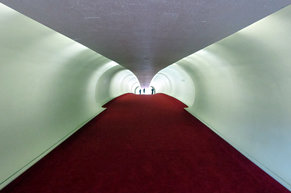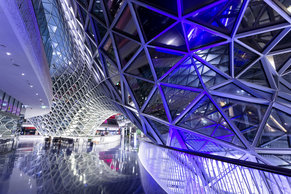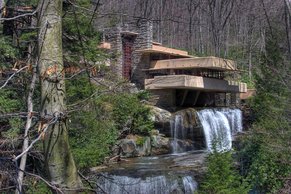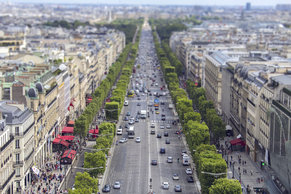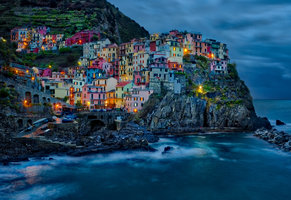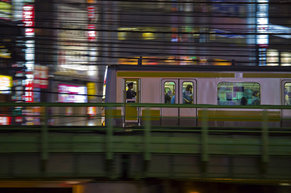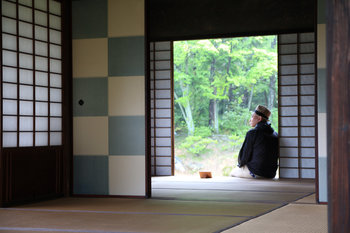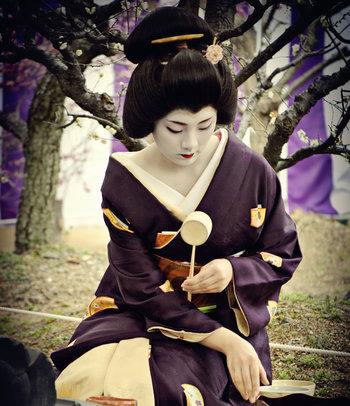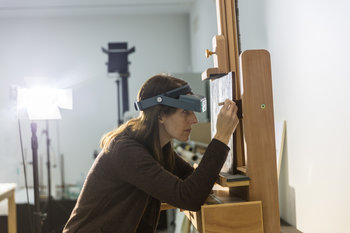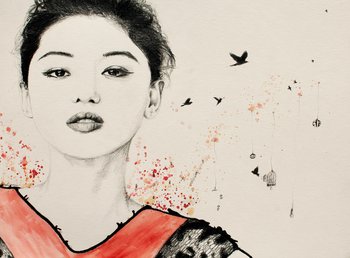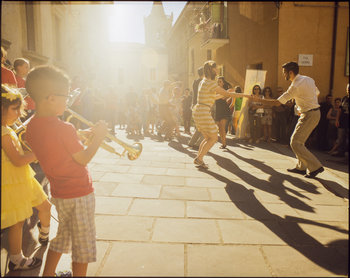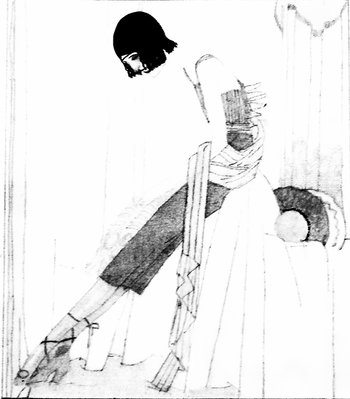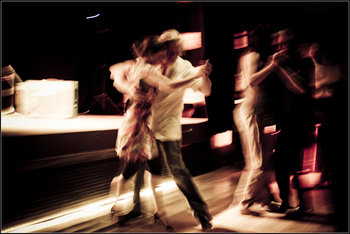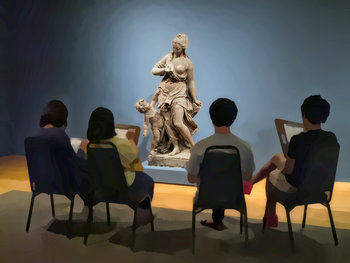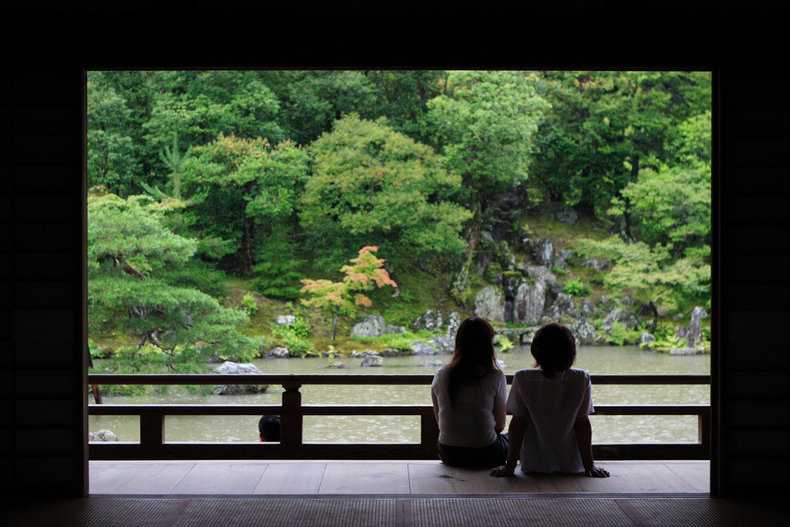
Aesthetic
Wabi-sabi is a Japanese aesthetic. It is not the only Japanese aesthetic. However, it is a considered an important Japanese aesthetic that is very familiar to people in Japan. Wabi-sabi influences modern life in Japan and is congruent with ideas about the beauty of humility, the virtue of austerity and the transience of life that are pervasive in Japanese thinking.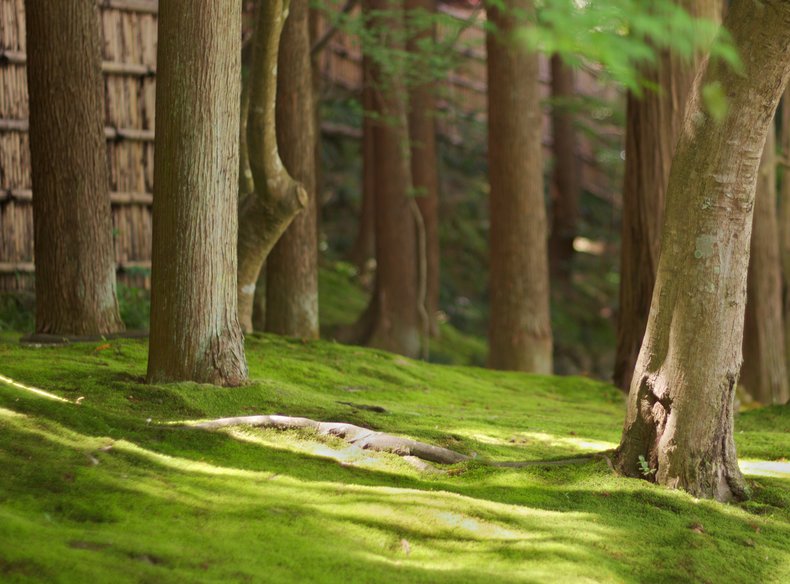
Worldview
Wabi-sabi is often described as a worldview. This isn't necessarily wrong but it is primarily an aesthetic. The worldview behind wabi-sabi is Japanese Buddhism or Buddhism in general. Wabi-sabi is based on the Buddhist idea of impermanence or Anitya that states that nothing has a permanent essence or unchanging soul. According to Buddhism, desire for permanence causes suffering. Embracing wabi-sabi is one way to reduce this suffering. If you build a wabi-sabi fence with bamboo it needs to be rebuilt every 5 years or so. The act of building the fence reminds oneself of the impermanent nature of all things. If the fence is destroyed in a typhoon there is no reason to be upset if you view this as a celebration of impermanence.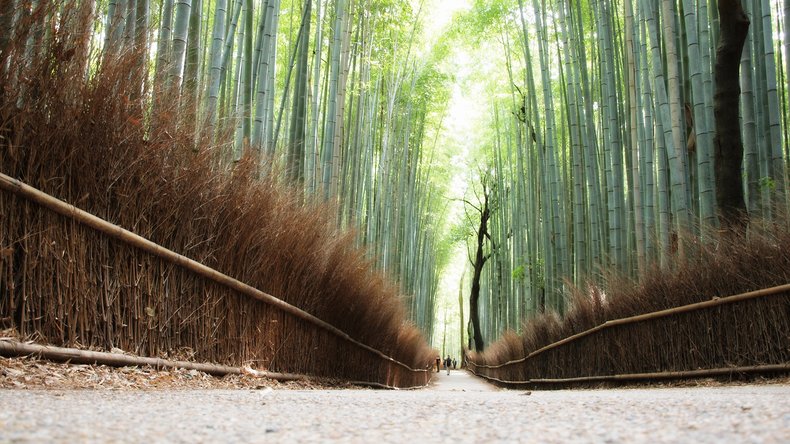
Transience
There is no effort made to make wabi-sabi items more durable. Some items that are naturally durable such as pottery may be considered wabi-sabi due to their tendency to show wear and tear with age. However, many wabi-sabi items have a limited lifespan or are high maintenance. Wabi-sabi is based on the idea of transience as a recognition of the temporary and ever changing nature of all things. A good example of this is the sand garden of Ginkakuji temple in Kyoto that was constructed by the great landscape artist Soami in the early 1500s with only sand and small rocks. This is an incredibly delicate and vulnerable work that requires constant maintenance.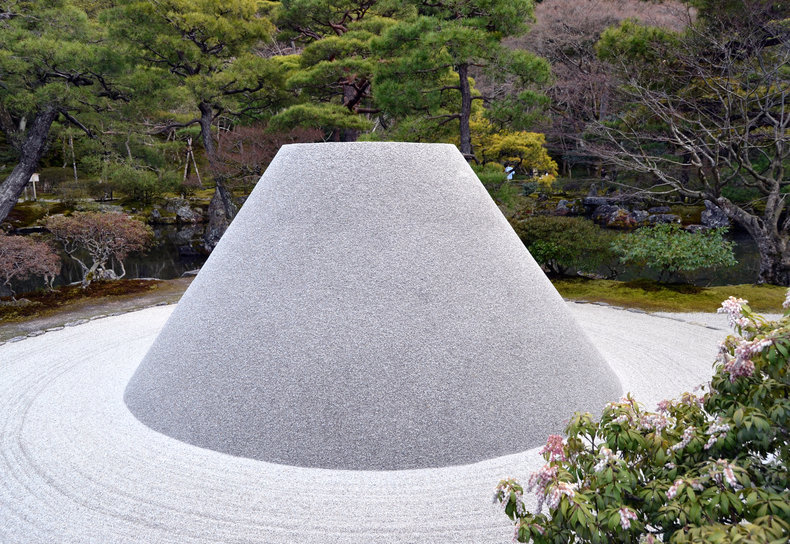
Imperfection
Wabi-sabi is related to the idea of Dukkha, a core concept of Buddhism that suggests that life is fundamentally unsatisfactory and painful. The Japanese kanji for wabi-sabi, 侘・寂, can be translated as loneliness and rust respectively. The idea is that by embracing the wabi-sabi aesthetic you can begin to accept or even appreciate the fundamental imperfection of things. As such, works of wabi-sabi often have imperfections such as an asymmetrical form.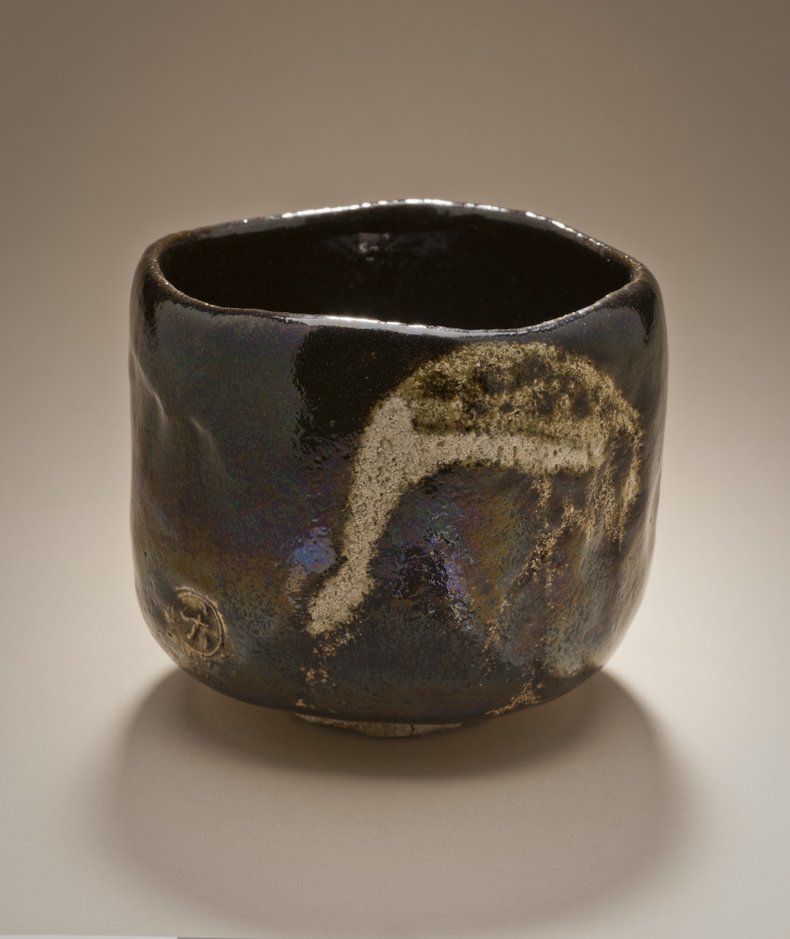
Refinement
Wabi-sabi is a difficult to achieve aesthetic that is associated with mastery of an art, craft or practice. As such, it is incorrect to think that anything imperfect is wabi-sabi. The Japanese use the term sparingly as it is considered amongst the highest ideals of beauty. If you use wabi-sabi to describe your own works this could be viewed as boasting. Although wabi-sabi is imperfect, it is pleasingly imperfect or perhaps even perfectly imperfect.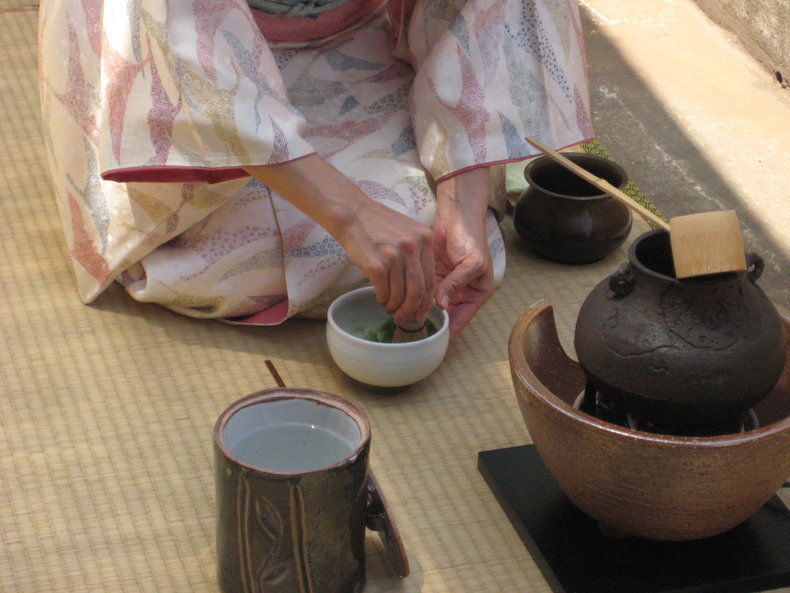
Roughness
Wabi-sabi items are left rough and unfinished. An excellent example of this is Ginkakuji in Kyoto. This can be translated "the silver temple." The main temple structure was planned to have been finished in silver-foil but the Orion war of 1467 to 1477 interrupted these plans. As such, Ginkakuji has become a well known symbol of the wabi-sabi aesthetic due to its wooden and unfinished quality. This can be contrasted with its sister temple Kinkakuji that has a similar design but is finished in gold leaf.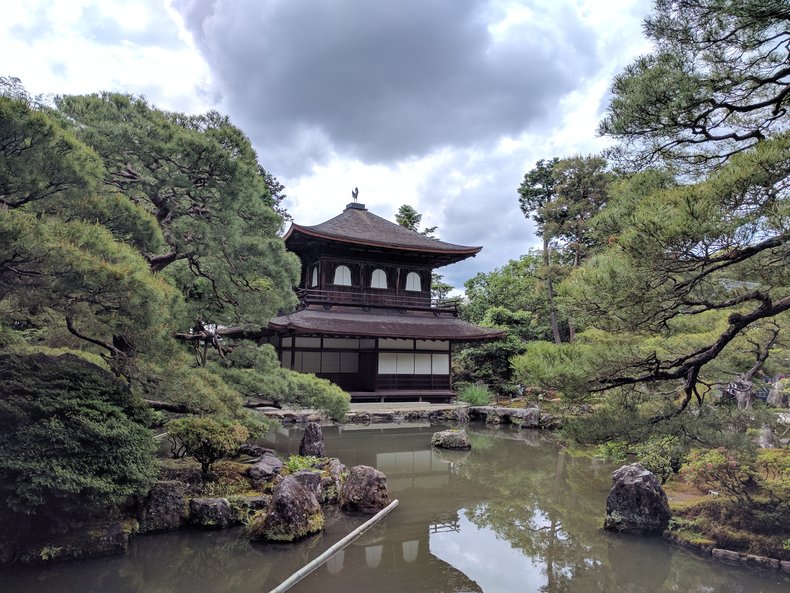
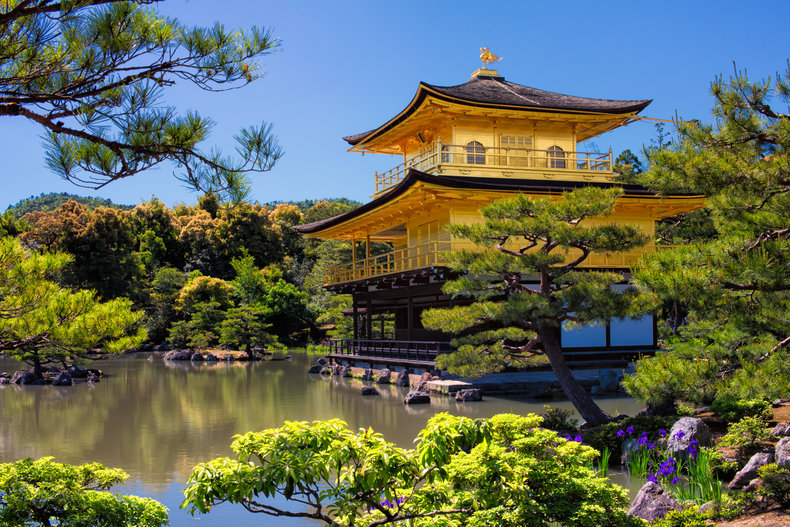
Humility
Wabi-sabi is humble and makes no attempt to grab your attention. For example, colors are often neutral.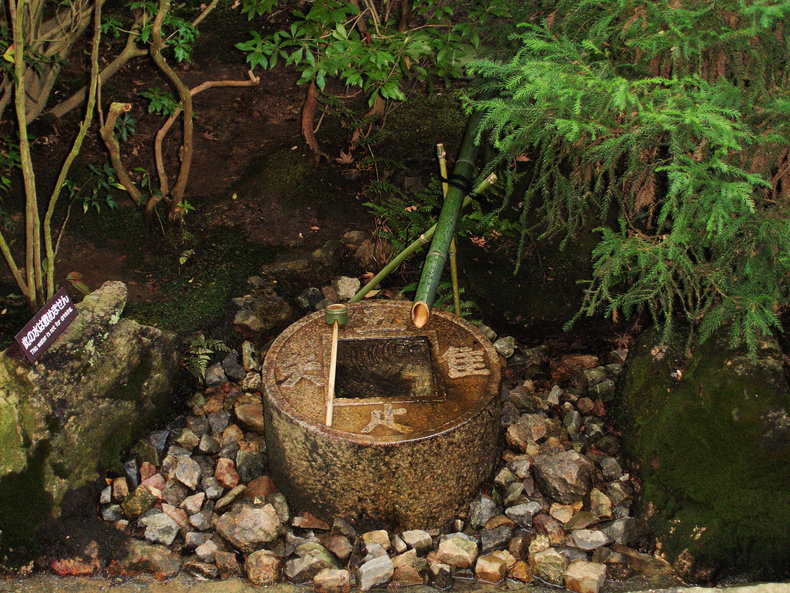
Austerity
The wabi-sabi aesthetic uses basic materials and methods that are practical, direct and inexpensive. Common materials used in wabi-sabi works include wood, bamboo, stone, rocks, sand and clay.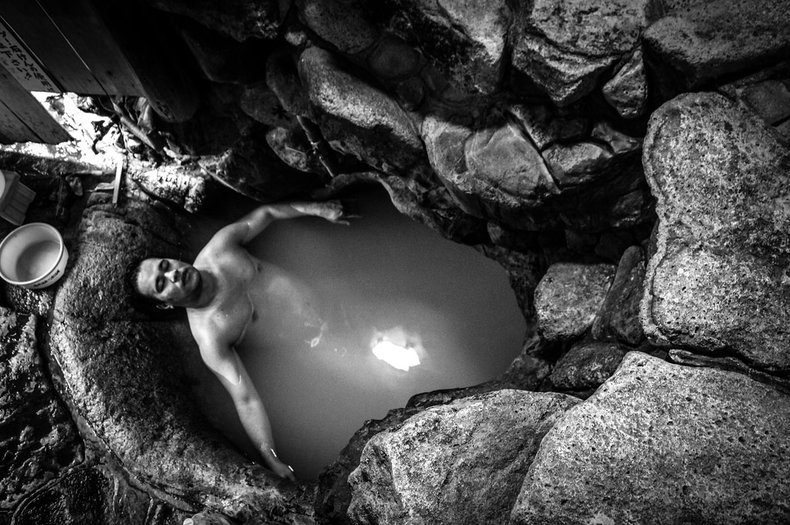
Earthiness
Wabi-sabi is earthy and connected to nature. The aesthetic is associated with natural processes such as the aging of materials or moss growing over things.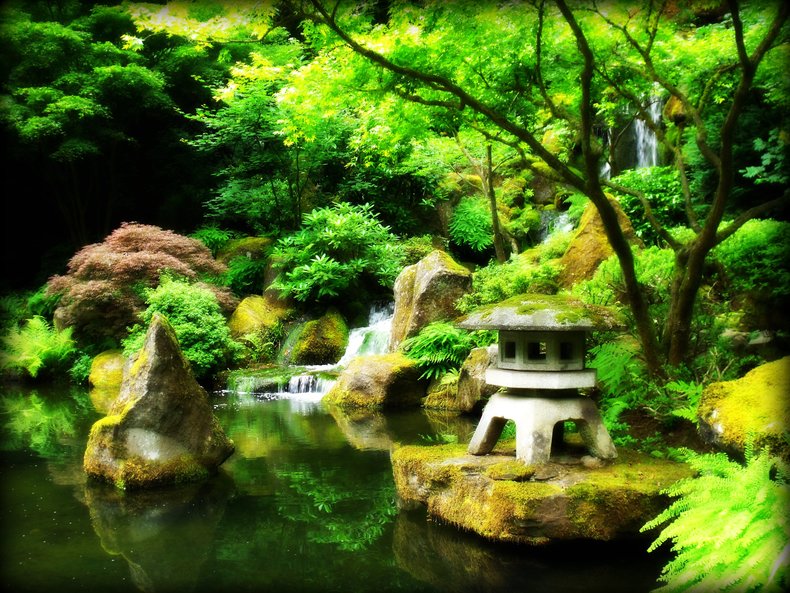
Notes
It is common for Westerners to interpret wabi-sabi as a flexible term that can be applied to anything imperfect. The Japanese see wabi-sabi as a difficult to achieve aesthetic that has all the characteristics listed above. This includes refinement such that anything that looks amateur or random is not wabi-sabi. Creating something that is both beautiful and imperfect is no easy task and the Japanese do not throw the term wabi-sabi around lightly. That being said, aesthetics are always in the eye of the beholder so random wabi-sabi such as a beautiful wabi-sabi rock is possible. The best way to identify wabi-sabi is to see many examples of it such that you begin to get a feel for it. To some extent it escapes rules such that it isn't easily defined or intellectualized.Wabi-sabi is a Japanese aesthetic and it doesn't apply to Western works. In other words, achieving a wabi-sabi aesthetic requires immersion in Japanese culture. Westerners who borrow the term often use it in broad ways such the it loses its meaning and becomes a hollow synonym for western concepts such as simplicity.| Overview: Wabi Sabi | ||
Type | ||
Definition | The Japanese aesthetic of imperfection and impermanence. | |
Japanese | 侘寂orわびさび | |
Related Concepts | ||

